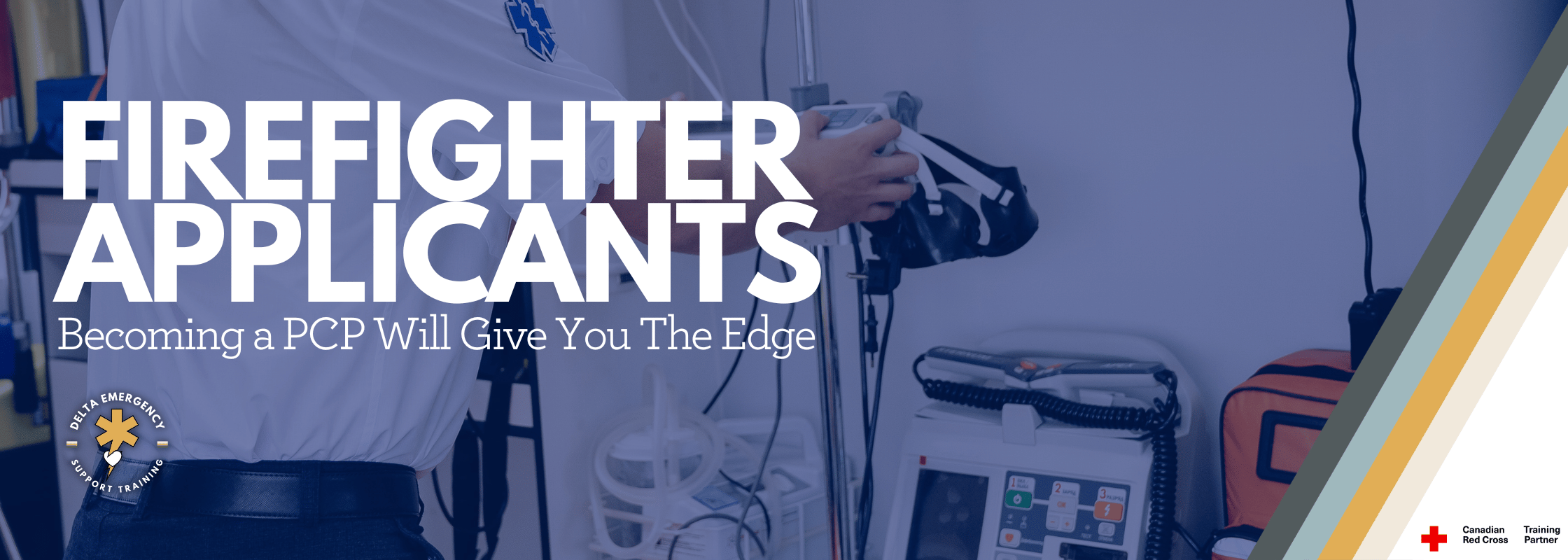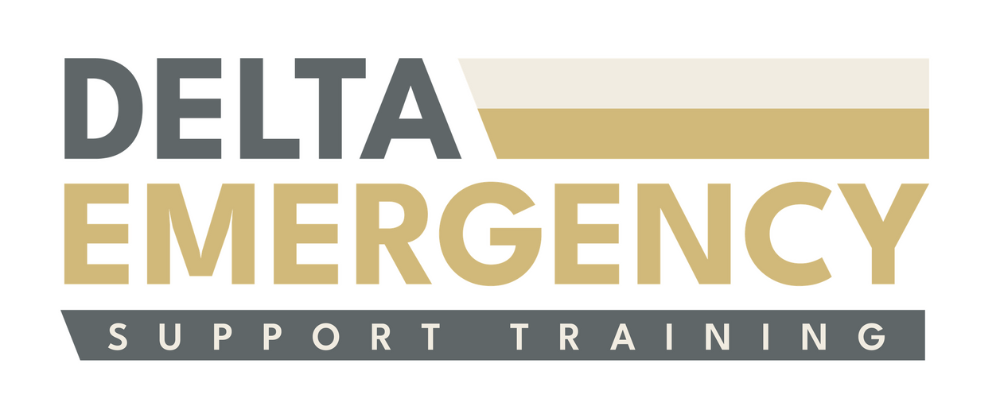How Paramedic Training Strengthens Your Firefighter Application
/The Modern Firefighter: More Than Fire Suppression
Today’s firefighter is far more than fighting fires. Across Canada, most fire departments respond to far more medical emergencies than structure fires — in many regions, medical calls make up 80% of total responses.
This shift means departments are looking for applicants who can do more than handle a nozzle. They need people trained in patient care, triage, and prehospital decision-making — skills that come directly from Primary Care Paramedic (PCP) training.
Whether you’re pursuing municipal, industrial, or wildland fire service, holding your PCP license can dramatically strengthen your application, credibility, and readiness for the role.
1. Understanding the Overlap: Fire and EMS
The reality of modern fire service is that medical response is integrated into daily operations. Many calls involve:
Cardiac arrests
Motor vehicle collisions
Respiratory emergencies
Overdoses and poisonings
Falls and traumatic injuries
Medication administration
These situations require rapid assessment, airway management, and patient stabilization — core skills of a Primary Care Paramedic.
When fire departments deploy first, a firefighter with PCP training doesn’t just stand by until EMS arrives — they become a vital asset in those first minutes, providing interventions that can mean the difference between life and death.
2. How PCP Training Sets You Apart in the Hiring Process
Fire departments receive hundreds of applications for a handful of positions. Holding your Primary Care Paramedic certification immediately tells recruiters you’re invested, skilled, and capable of independent medical decision-making.
It demonstrates:
Commitment to emergency services as a career, not just a job.
Medical competency beyond AFA & EMR levels.
Ability to handle high-stress environments and maintain composure during critical incidents.
Strong understanding of patient care, communication, and documentation.
Departments see PCPs as well-rounded responders — individuals who understand not only rescue operations, but also the continuum of care from the moment of injury to hospital transfer.
3. Bridging Knowledge: Why Paramedic Training Translates So Well
The PCP curriculum goes far beyond what’s taught in AFA or fire recruit programs. It builds:
Assessment skills – Scene safety, mechanism of injury, and systematic patient evaluation.
Decision-making – When to move, when to treat, and when to call for advanced support.
Anatomy and physiology knowledge – Understanding what’s happening inside the body, not just what you see externally.
Communication and teamwork – Effective coordination with dispatch, partners, and hospital staff.
Leadership under pressure – Taking control when seconds matter.
Every one of these skills directly applies to fireground operations, rescue scenarios, and community medical calls.
When a firefighter-paramedic arrives on scene, they’re already equipped with the mindset of “scene control, patient stabilization, and structured response.”
4. Increased Employability Across Canada
Many fire departments in Canada — including Toronto Fire, Calgary Fire, Edmonton Fire, and Vancouver Fire Rescue Services — now strongly prefer or require applicants to have medical certification at the EMR or PCP level.
Holding your PCP license not only makes you a stronger candidate but also broadens your career options. You can work in EMS while waiting for fire openings, gain field experience, and keep your medical skills sharp.
It also signals to hiring panels that you’re operationally ready, physically prepared, and understand the realities of shift work, patient care, and emergency response culture.
5. Professional Credibility and Community Trust
Firefighters are often the first on scene — before ambulances, before police. The public doesn’t separate the fire service from medical response; they expect competence in both.
Having PCP-level training builds confidence in your peers, your officers, and the community. It shows that you’re not just trained to react, but to think critically and intervene effectively under pressure.
This credibility extends into leadership — many captains, chiefs, and training officers have paramedic backgrounds. Understanding that language early gives you a career-long advantage.
6. The Pathway Forward
If your goal is to become a firefighter, enrolling in a Primary Care Paramedic program is one of the most strategic steps you can take.
Here’s how to integrate it into your career plan:
Earn your EMR or Advanced First Aid certification to build foundational knowledge.
Enroll in an accredited PCP program through a recognized college or training institution.
Register and license through your provincial regulatory body.
Maintain active status — through continuing education and clinical practice hours.
Highlight your PCP credentials in your fire service application and interviews.
By doing this, you’re not only meeting the evolving expectations of the fire service — you’re proving you already live and breathe emergency response.
Final Thought
Firefighting has evolved — and so have the expectations of those who wear the uniform.
Holding a Primary Care Paramedic license shows that you understand that evolution. It proves that you can respond, treat, and think critically in the same high-pressure environments firefighters face daily.
When it comes down to competitive hiring, paramedic training doesn’t just help your chances — it defines them.




